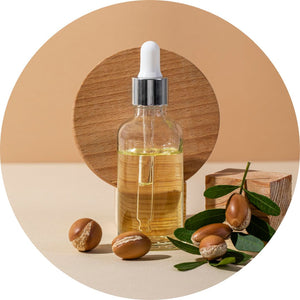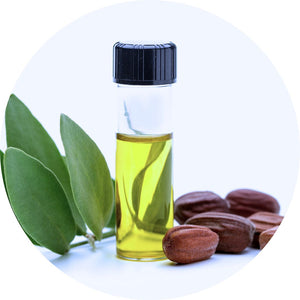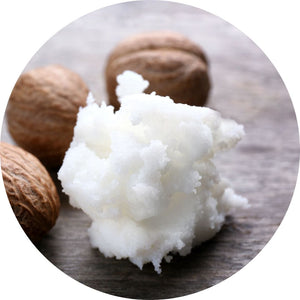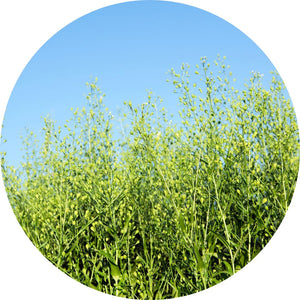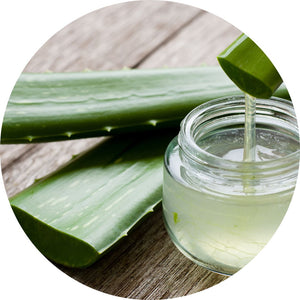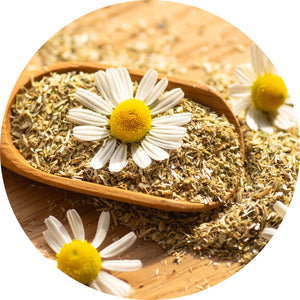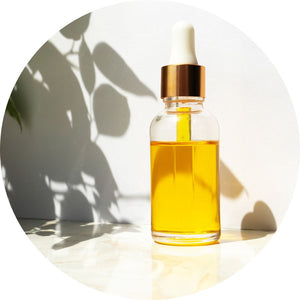A multi-functional, color-safe and dynamic fusion of restorative ingredients that repairs and prevents damage, eliminates dandruff, adds volume, slows thinning, controls frizz and boosts hydration all at once to breath new life into your hair after just a few uses.
Resets and detoxifies: Revitalizes your scalp, giving you a fresh start with every wash.
Boosts hydration: Infuses your hair with moisture, making it feel luxuriously soft and manageable.
Addresses dandruff and eliminates flakes: Keeps your scalp clear and confident, free from the discomfort and embarrassment of dandruff.
Improves circulation: Enhances scalp health and hair vitality, fostering a vibrant, energized feeling from root to tip.
Reduces oil: Balances your scalp's natural oils, leaving your hair clean and fresh without over-drying.
Regulates bacteria: Maintains a healthy scalp environment, reducing scalp irritations and infections.
Combats oxidative stress: Protects against environmental damage, preserving the youthfulness of your hair.
Adds volume and thickens hair shafts: Elevates your hair’s body and bounce, boosting your style and confidence.
Improves flexibility: Increases the elasticity of your hair, reducing the risk of breakage during styling.
Controls frizz: Tames unruly strands, allowing for smoother, sleeker hairstyles.
Restores lost proteins: Rebuilds your hair’s natural structure, enhancing its strength and luster.
Repairs damage and prevents breakage: Fortifies hair fibers from within, promoting resilience and longevity.
Facilitates healthy growth: Nourishes the roots, encouraging faster and fuller hair growth.
Antioxidant, Anti-inflammatory, Antimicrobial, Antifungal: Defends against a broad spectrum of scalp issues, keeping your hair health optimal.
 No SLS
No SLS
 No DEA
No DEA
 No Parabens
No Parabens
 No Petrolatum
No Petrolatum
 No Phthalates
No Phthalates
 Cruelty Free
Cruelty Free








